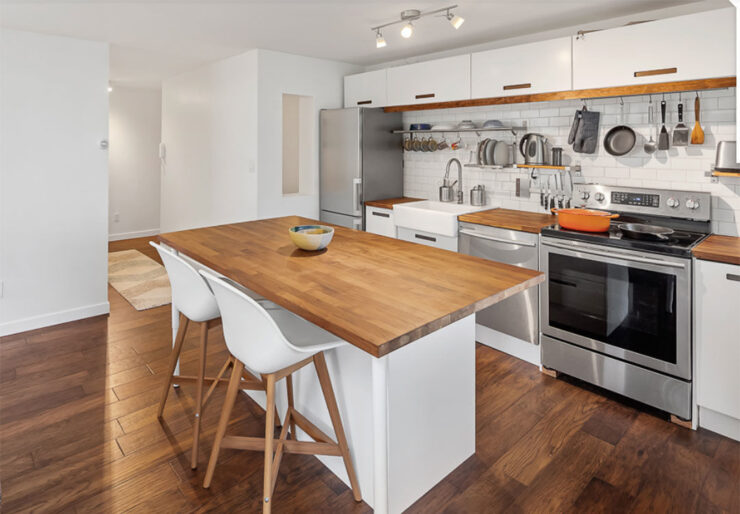Kitchens, often described as the heart of a home, deserve as much care and attention as any other room. Yet, they frequently fall victim to a lack of space. A crowded kitchen can impact not only your cooking experiences but also your overall quality of life.
Luckily, renovating such a room isn’t always about extensive demolition and heavy expenses. This blog post offers a plethora of intelligent renovation concepts to help you transition from a restricted kitchen to a roomier, well-organized cooking space.
Assessing Your Needs and Priorities
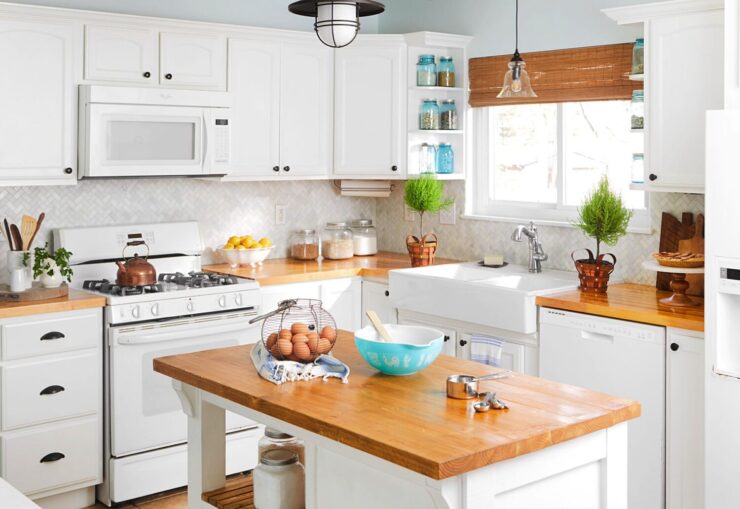
In any renovation project, a comprehensive analysis of your requirements and priorities should be your first step. Does your kitchen need more storage, a larger working area, or better lighting? Be precise with your goals. Identify and list the issues that are most pressing and use this list as your primary guide. Consider how you use your kitchen. Is it a hub of activity, a peaceful sanctuary, or a mix of both? Understanding this aspect will guide you in creating a space that genuinely caters to your needs. All of this is also true for bathroom remodeling, more of which you can find on this site.
The kitchen is not just for cooking; it is also a social space. Are you someone who loves hosting dinner parties, or do you enjoy quiet, family meals? The frequency of these events and the number of people usually present will influence your kitchen design. You need to tailor the space to suit your lifestyle. If you frequently host, you might need more counter space or a kitchen island. If you cook a lot, then focusing on appliances, storage for your tools, and efficient working areas becomes more important.
Setting a Realistic Budget
Once you’ve pinned down your needs, the next crucial task is to establish an attainable budget. While the concept of a luxurious, modern kitchen seems appealing, the associated costs can quickly pile up. So, take the time to do some number-crunching before you embark on your kitchen transformation. Take into account all expenses, from the big items like appliances and cabinetry to smaller but significant costs such as labor, materials, and even possible unforeseen expenses.
Beyond the mere numbers, it’s also essential to allocate your budget wisely. For instance, don’t splurge on luxury items if it means skimping on necessities. You might love the look of that high-end range, but if it’s at the expense of quality countertops, you may end up regretting your decision. Consider where you can compromise and where you should invest. Typically, investments in functionality and quality materials pay off in the long run.
Maximizing Existing Space
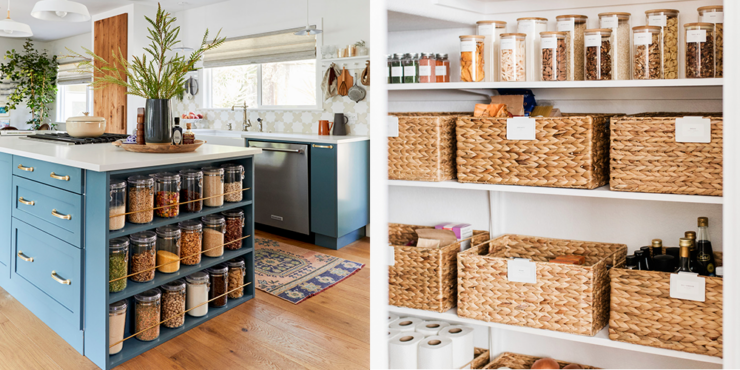
Let’s shift gears and delve into space optimization. A common misconception is that expanding a kitchen always involves knocking down walls. However, there are less drastic, yet highly effective ways to create a sense of openness. Start by decluttering and organizing your workspace. Implement storage solutions that make use of unused areas. A pot rack hanging from the ceiling or magnetic strips on the wall for knives are excellent examples.
Rethinking your kitchen layout is another effective strategy for maximizing space. The ‘work triangle’ concept, where the sink, refrigerator, and stove are placed in a triangle formation for optimal efficiency, is a tried and tested design principle. An efficient layout not only saves space but also significantly enhances your cooking experience. Try to maintain an open flow of traffic and consider how the arrangement of appliances and work areas can streamline your kitchen activities.
Refurbishing Cabinets and Countertops
The aesthetic appeal of your kitchen is largely dictated by its cabinets and countertops. Rather than opting for a complete overhaul, consider refurbishing existing features. A fresh coat of paint or new hardware can make a world of difference to tired-looking cabinets. For a more dramatic effect, you might consider open shelving. Not only does this trend add a modern touch, but it also contributes to the illusion of more space.
As for countertops, materials like granite or marble may seem alluring, but they come with a hefty price tag. Instead, explore alternatives such as laminates, tile, or even solid wood. These materials can give your kitchen a fresh, modern look without breaking the bank. Additionally, they offer a unique opportunity to personalize your kitchen space with a wide variety of colors, textures, and designs.
Affordable Flooring Options
Floors form a significant part of the kitchen, and choosing the right material can make a big difference. While hardwood and tile floors are popular choices, they can be costly. An alternative could be vinyl or laminate flooring, which can mimic the look of more expensive materials at a fraction of the cost. Not only are these options budget-friendly, but they are also known for their durability and ease of cleaning, making them perfect for the kitchen environment.
An often overlooked aspect of flooring is color and pattern. Light-colored flooring can help make a small kitchen appear larger. Similarly, large pattern tiles can also give an illusion of more space. It’s worth spending time on the selection of flooring, as it not only contributes to the overall aesthetics but can also cleverly manipulate the perception of space.
Energy-Efficient Lighting
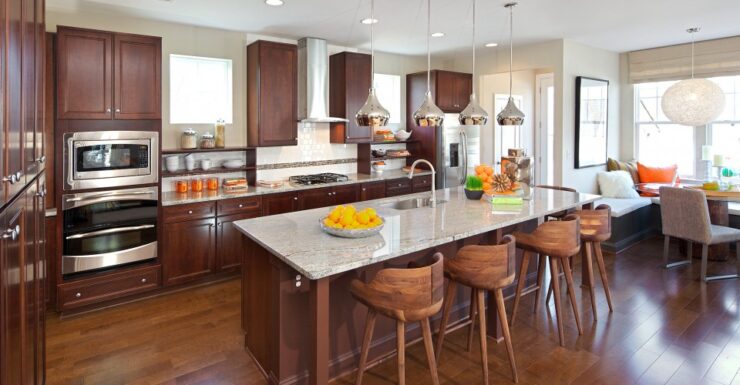
With lighting, you have the power to set the mood, highlight your kitchen’s best features, and even make the room appear larger. When planning your lighting scheme, consider incorporating different layers. Task lighting focuses on areas where you’ll be doing the most work, like countertops or above the stove. Ambient lighting, on the other hand, offers a soft glow to fill the overall space, providing both illumination and comfort.
Embrace the concept of energy efficiency by opting for LED lights, which use significantly less power and have a much longer lifespan than traditional incandescent bulbs. Furthermore, installing under-cabinet LED lights can improve visibility on work surfaces while adding a modern flair. Natural light, too, plays a critical role in creating an airy, spacious kitchen. If possible, enhance the existing windows or consider adding a new one.
Cost-Effective Appliances
Choosing appliances is another critical part of remodeling your kitchen. With countless models and brands on the market, it’s easy to be overwhelmed. Rather than falling for the latest gadget or trend, opt for appliances that suit your needs, align with your cooking habits, and fit within your budget. Look for appliances with energy star ratings; these models might be more expensive upfront but can save you money on utility bills in the long run.
Another helpful strategy is to consider the size of the appliances. Oversized appliances can consume valuable space and might not be necessary for your cooking needs. For instance, a double-door fridge might seem like a luxury, but if you’re a small family or living alone, a smaller model might serve you just as well, while freeing up more kitchen space.
Final Thoughts
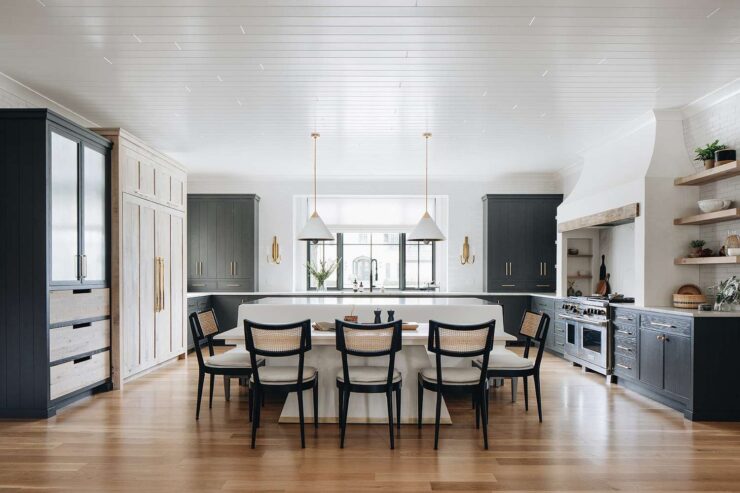
Revamping your kitchen, from a cramped space to a spacious, functional, and stylish area, is not a task for the faint-hearted. But with careful planning, a well-defined budget, creative use of existing space, and clever choice of materials, appliances, and professionals, this task becomes less daunting. As we’ve discovered, it’s not always about big expenses and drastic changes; sometimes, the simplest transformations can yield the most significant results.

